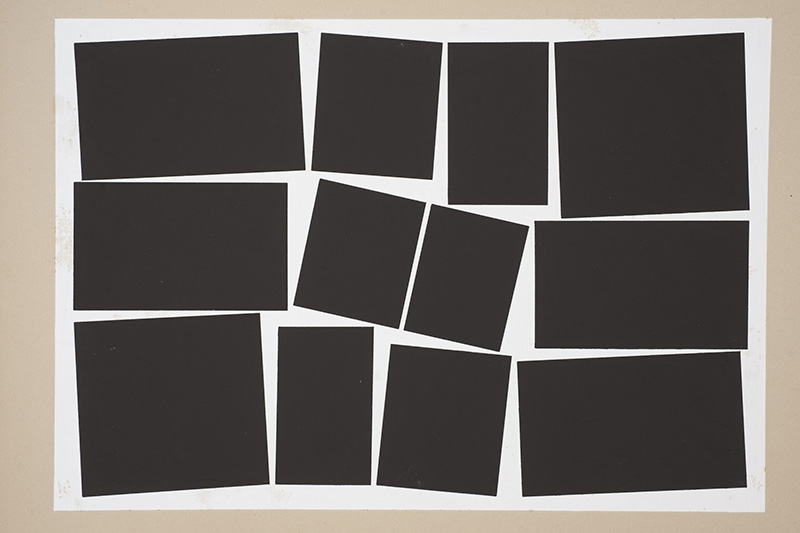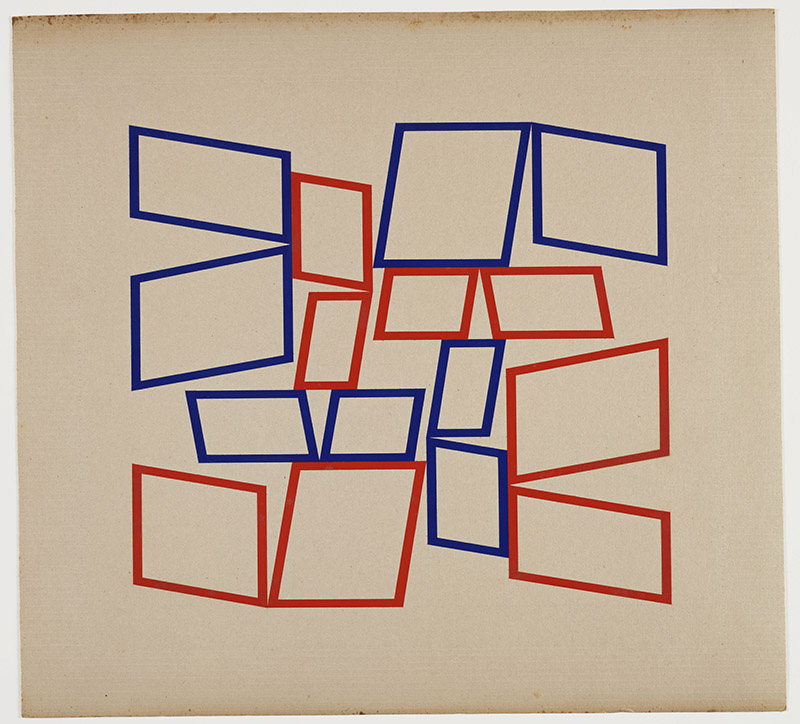ART-PRESENTATION: Hélio Oiticica-To Organize Delirium
 Hélio Oiticica is arguably the one of the most influential Latin American artists of the post–World War II period and is recognized for his significant contributions to the development of contemporary art. A relentless innovator always pushing the traditional boundaries of art, Oiticica moved rapidly and radically from early works influenced by European modernism to large-scale installations that were meant to be physically experienced and often to critique political and social issues.
Hélio Oiticica is arguably the one of the most influential Latin American artists of the post–World War II period and is recognized for his significant contributions to the development of contemporary art. A relentless innovator always pushing the traditional boundaries of art, Oiticica moved rapidly and radically from early works influenced by European modernism to large-scale installations that were meant to be physically experienced and often to critique political and social issues.
By Efi Michalarou
Photo: Whitney Museum Archive
“To Organize Delirium” is the first full-scale retrospective in the U.S.A. of Hélio Oiticica’s work. Demonstrating the great breadth of the artist’s work, the exhibition begins with the adventurously elegant works on paper from early in Oiticica’s career (1955-58). These progressively dynamic compositions paved the way for his works that liberated painting from a flat plane. By 1959, Oiticica’s painterly-sculptural “Spatial Reliefs” and “Nuclei” broke free of the wall and entered the space of the viewer. The “Nuclei”, composed of panels suspended from the ceiling, created areas through which the viewer could walk. His later installations continued to revolutionize the role of the viewer, as they responded to the increasingly oppressive political situation in Brazil under the military dictatorship. Oiticica’s most famous work, “Tropicália” (1967) brings together a series of clichés associated with tropicalness: sand, gravel, exotic birds, and lush foliage, which was contrasted with a television monitor that emits continuous images and sounds. The name Tropicália, was borrowed by the musician Caetano Veloso for his anthem against Brazil’s dictatorship, became a powerful movement in all the arts, a political position both against the right’s conservatism and the left’s desire for a purely Brazilian art. Throughout his brief but energetic career, Oiticica seamlessly melded formal and social concerns in his art, seeking to be internationally relevant and, at the same time, specifically Brazilian. Above all, he aimed to communicate to his audiences the deep pleasure and satisfaction inherent in creative work. That aim reached fruition as his career advanced and his art took on an increasingly immersive nature, transforming the viewer from a spectator to an active participant. Also on presentation is the massive installation “Eden”, this huge work includes spaces designed to engage the senses and promote creative thought, tents for sleeping or listening to music, and beds filled with straw for relaxation or light reading. Because of its size, it is rarely presented. In addition to viewing original works on display, visitors will be invited to wear and manipulate exhibition copies of the artist’s interactive works.
Info: Lynn Zelevansky, Elisabeth Sussman, James Rondeau, Donna De Salvo and Anna Katherine Brodbeck, Whitney Museum of American Art, 99 Gansevoort Street, New York, Duration: 14/7-1/10/17, Days & Hours: Mon, Wed-Thu & Sun 10:30-18:00, Fri-Sat 10:30-22:00, http://whitney.org





